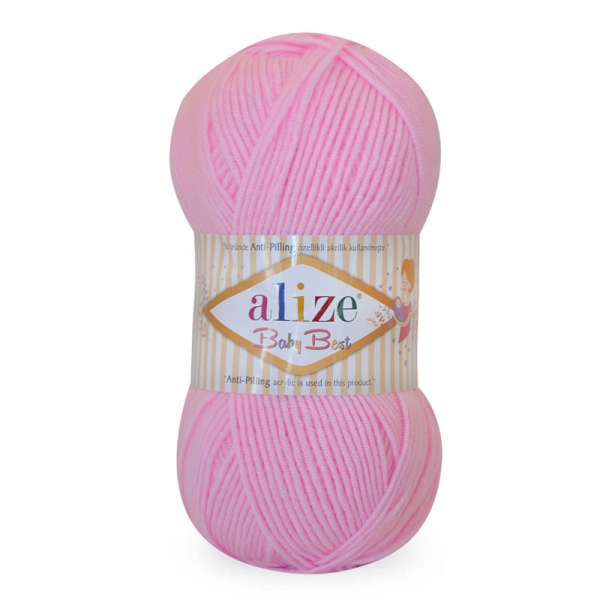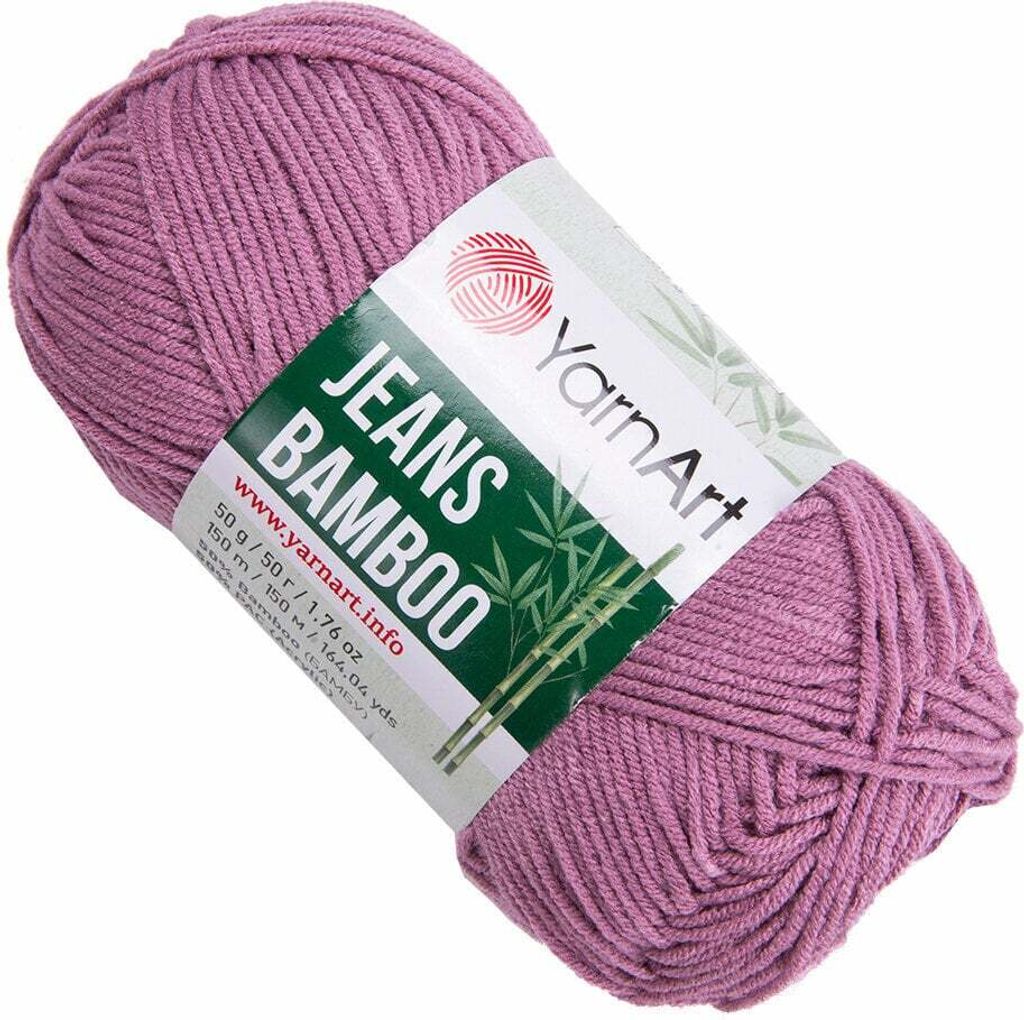How to Prevent Wool and Bamboo from Pilling: A Guide to Mixing Fabrics

Fabric compatibility is crucial in fashion and sewing, as it affects the final product’s look, feel, and durability. Wool and bamboo are popular choices for their unique qualities, but how do they fare when combined? This article explores their compatibility and offers tips to prevent pilling and maintain fabric integrity.
Compatibility Analysis
Can wool and bamboo be mixed? Yes! Wool and bamboo can work well together, offering a blend of natural fibers that enhance each other’s properties. Wool provides warmth and elasticity, while bamboo offers softness and breathability. However, understanding texture, weight, stretch, care requirements, and durability is key to successful fabric pairing.
Key Factors
- Texture: Wool has a coarser texture compared to the smoothness of bamboo, which can create a pleasant contrast in garments.
- Weight: Wool is typically heavier, while bamboo is lightweight. Balancing these can result in a well-draped garment.
- Stretch: Wool’s natural elasticity complements bamboo’s slight stretch, making for comfortable wear.
- Care Requirements: Both fabrics require gentle care; however, wool is more sensitive to temperature changes.
- Durability: Wool is robust, while bamboo is less so. Together, they can create a durable yet soft fabric.
Fabric Properties Comparison Table
| Property | Wool | Bamboo |
|---|---|---|
| Fiber Content | Natural | Natural |
| Weight and Thickness | Medium to Heavy | Light to Medium |
| Breathability | Moderate | High |
| Moisture-Wicking | Yes | Excellent |
| Stretch and Elasticity | High | Moderate |
| Wrinkle Resistance | Good | Moderate |
| Care Instructions | Cold wash, air dry | Cold wash, air dry |
| Durability | High | Moderate |
Benefits of Mixing These Fabrics
Mixing wool and bamboo offers several advantages:
- Enhanced Texture and Visual Interest: Combining the smoothness of bamboo with the texture of wool creates visually appealing garments.
- Improved Comfort and Performance: The blend ensures warmth without sacrificing softness.
- Better Drape and Movement: The combination of weights allows for garments that move gracefully.
- Cost-Effectiveness: Using bamboo can reduce costs while maintaining quality.
- Seasonal Versatility: Suitable for both winter and transitional seasons.
- Design Possibilities: The contrast in textures opens up creative design options.
Potential Challenges
While mixing wool and bamboo is beneficial, challenges may arise:
- Different Shrinkage Rates: Wool may shrink more than bamboo; pre-wash fabrics to minimize this.
- Conflicting Care Requirements: Follow the most delicate care instructions to avoid damage.
- Texture Clash or Pilling: Use fabric softeners and gentle washing to reduce pilling.
- Seam Puckering: Use compatible threads and proper tension settings.
- Color Bleeding or Fading: Wash separately initially to prevent bleeding.
Practical Solutions
- Pre-wash fabrics to prevent shrinkage.
- Use a gentle cycle and mild detergent to maintain texture.
- Test colorfastness before combining fabrics.
Sewing & Styling Tips
For successful fabric mixing, consider these sewing tips:
- Techniques: Use a stretch stitch to accommodate wool’s elasticity.
- Needle and Thread: Use a universal needle and polyester thread for strength.
- Interfacing and Stabilizer: Use lightweight interfacing to maintain shape without adding bulk.
- Seam Finishing: Overlock or zigzag seams to prevent fraying.
- Pattern Selection: Choose patterns that highlight the fabric blend’s drape and texture.
- Styling Ideas: Pair with neutral tones to emphasize texture contrast in garments or home decor.
Care & Maintenance Guide
Proper care ensures longevity:
- Washing Instructions: Use cold water and a gentle cycle.
- Drying Recommendations: Air dry to maintain shape and prevent shrinkage.
- Ironing and Steaming Tips: Use a low setting and iron on the reverse side.
- Stain Removal: Treat stains promptly with mild soap and water.
- Long-Term Care: Store in a cool, dry place to prevent moth damage to wool.
FAQ Section
-
Can you wash wool and bamboo together?
Yes, but use cold water and a gentle cycle to prevent damage. -
Will wool shrink more than bamboo?
Wool is more prone to shrinkage; pre-wash to minimize this. -
What needle size should I use for sewing these fabrics together?
A universal needle size 80/12 is recommended. -
Can you mix wool and bamboo in one garment?
Absolutely, they complement each other well. -
How do you prevent pilling when combining these fabrics?
Use fabric softeners and gentle washing techniques. -
Is it okay to mix wool and bamboo for upholstery?
Yes, but ensure proper backing for durability. -
What’s the best way to finish seams with these fabrics?
Overlock or zigzag for a clean finish.
By understanding the nuances of mixing wool and bamboo, you can create garments and home decor items that are both beautiful and durable. With proper care and technique, these fabrics can complement each other wonderfully, offering a blend that is both practical and stylish.


Leave a Reply